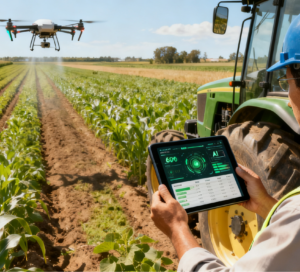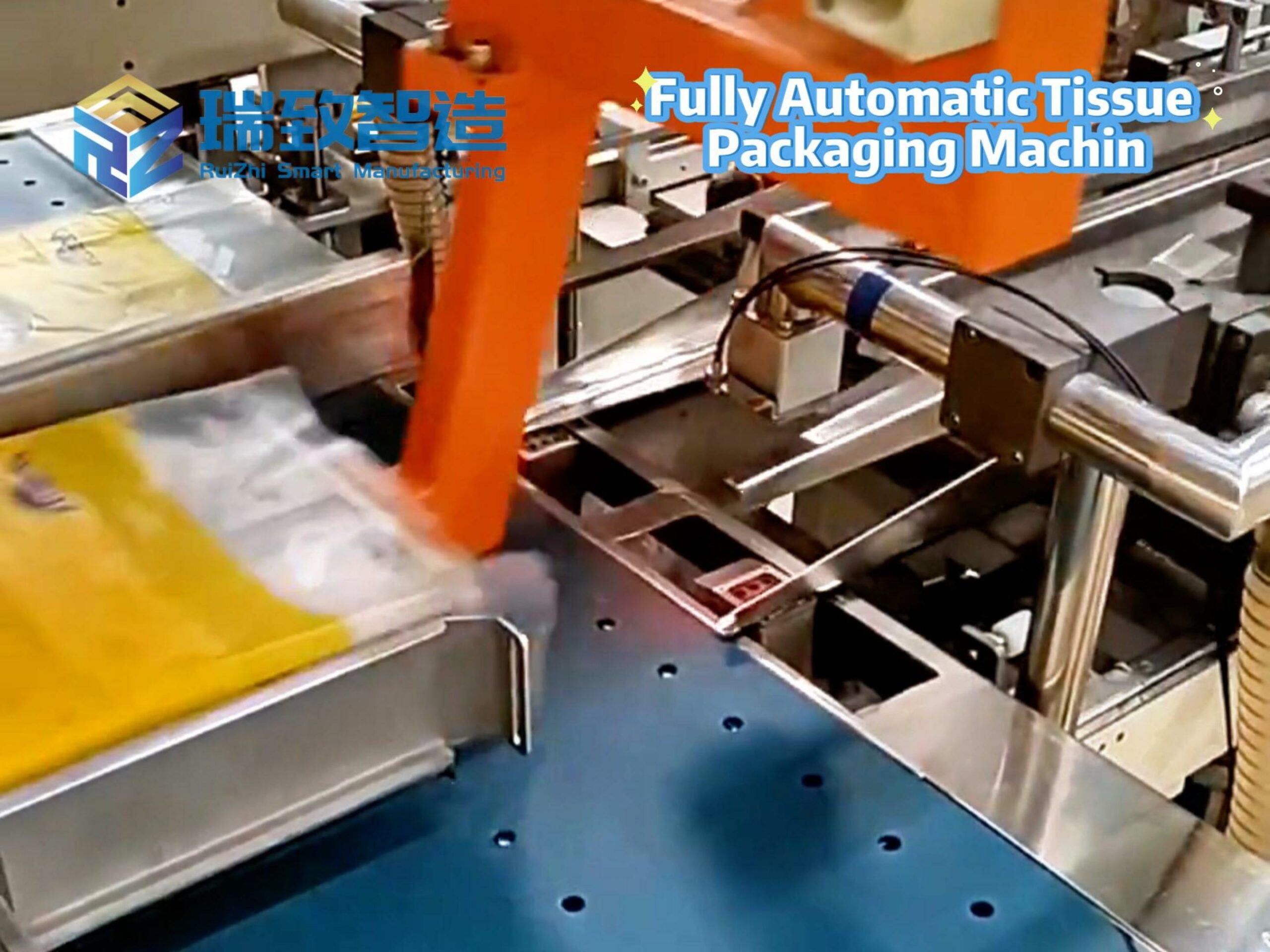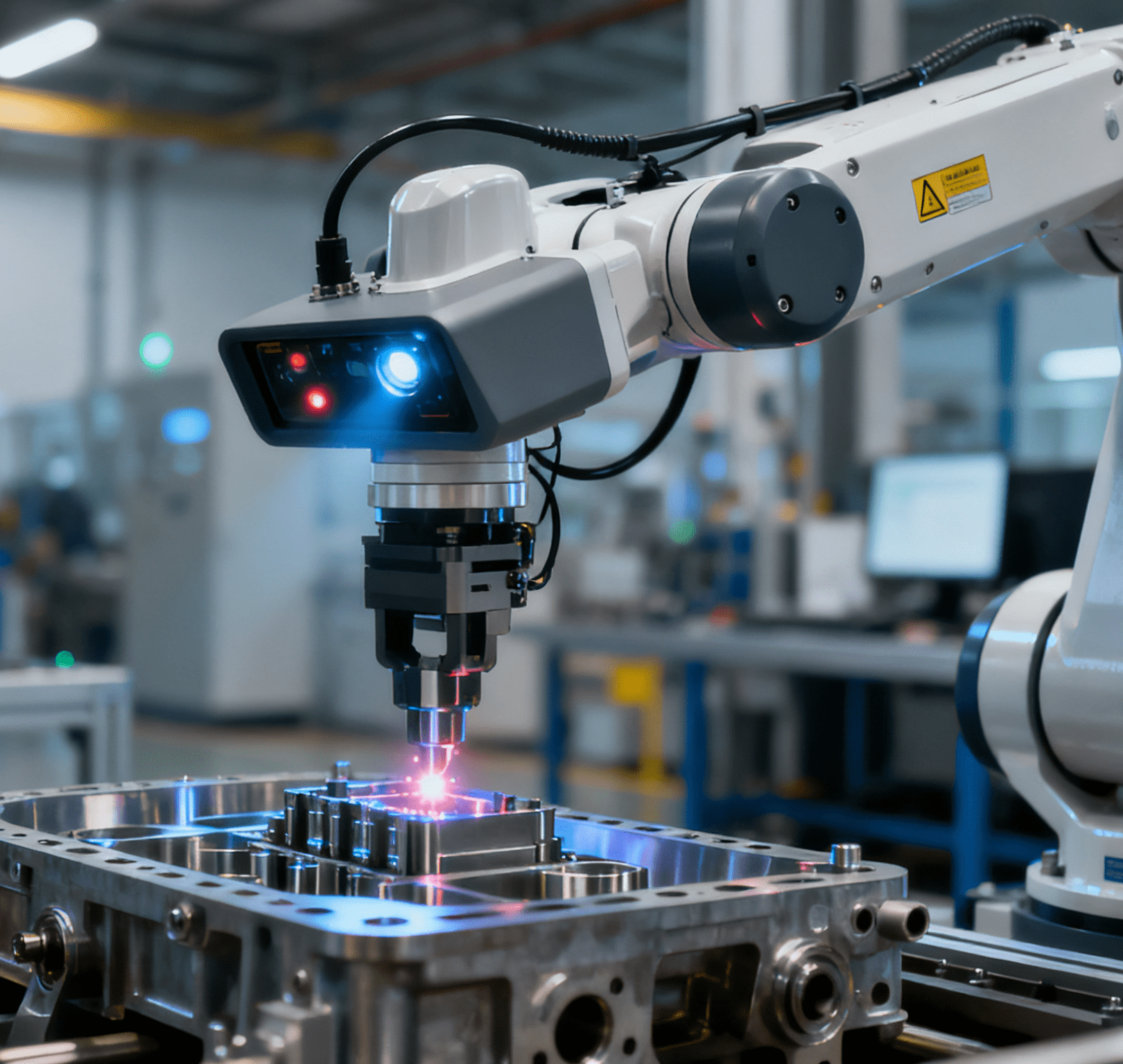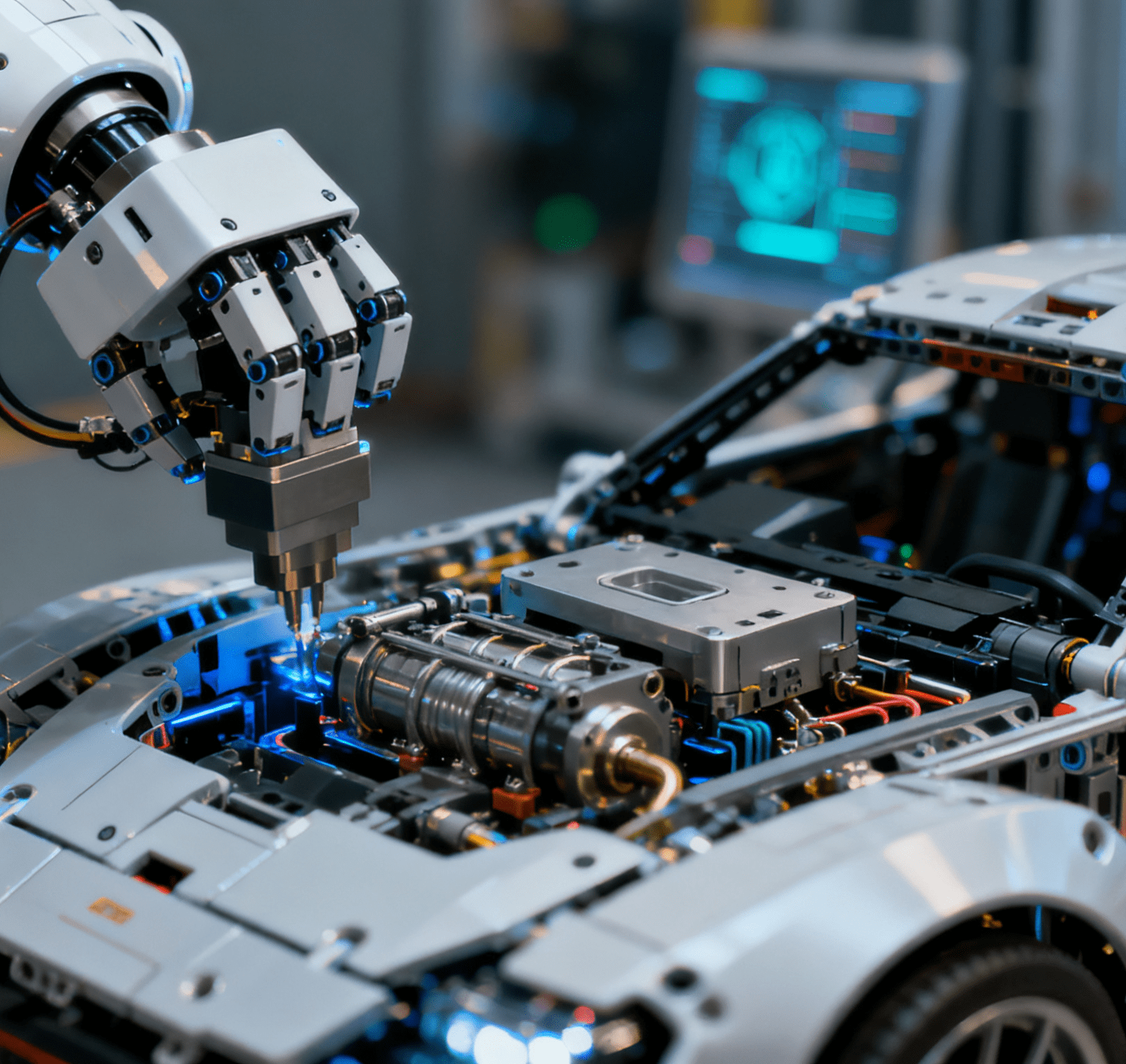
In the race to turn cutting-edge generative AI into real-world value, a new star role has emerged at the top of hiring lists: the forward-deployed engineer (FDE). These rare tech specialists—equally adept at writing crisp code and decoding customer needs—are becoming the linchpin for AI giants looking to bridge the gap between powerful models and practical business adoption. As enterprises from factories to hospitals clamor to integrate AI but stumble over customization and ROI, companies like Anthropic, OpenAI, and Cohere are on a hiring spree to embed FDEs directly into client teams, turning technical potential into tangible revenue.
Hiring Surge: FDEs Become a Must-Have for AI Giants
The FDE role, a tailored creation for the generative AI era, is central to this push. Unlike traditional software engineers who work in siloed labs, FDEs operate at the “front lines” of customer operations, collaborating closely to adapt AI models to industry-specific demands—whether it’s optimizing fraud detection for banks or enhancing efficiency in industrial processes like Automatic Buckle Feeding And Assembly. OpenAI launched its FDE team earlier this year and aims to expand it to roughly 50 engineers by 2025, Arnaud Fournier, who leads the company’s FDEs in Europe and the Middle East, told the Financial Times. Anthropic is scaling its applied AI team—home to FDEs and product engineers—fivefold in 2025 to keep pace with surging client requests.
The hiring surge is staggering. According to data from job platform Indeed, monthly listings for FDE roles jumped more than 800 percent between January and September 2025, a clear sign of the role’s rapid ascent from niche to essential.
Role Essence: Translators and Builders Bridging Tech and Business
The urgency stems from a universal pain point: businesses are eager to adopt AI but lack a roadmap to make it work for their unique needs. “A Fortune 500 bank’s AI priorities—say, fraud detection and compliance—are worlds apart from a manufacturing firm seeking to refine Automatic Buckle Feeding And Assembly with AI,” noted Cat de Jong, head of applied AI at Anthropic. This is where FDEs excel: they act as both translators and builders, turning vague customer goals into actionable technical solutions.
Palantir, the data intelligence firm, pioneered the FDE model nearly two decades ago—borrowing the “forward-deployed” concept from military terminology, where troops are stationed directly in operational zones. Today, FDEs make up about half of Palantir’s workforce, having been deployed everywhere from Afghan and Iraqi military bases to U.S. Midwest factory floors and oil refineries, where they’ve optimized processes ranging from production line monitoring to precision tasks like Automatic Buckle Feeding And Assembly. The company’s signature approach pairs each client with two specialists: an “Echo” focused on uncovering unmet needs, and a “Delta” with the coding chops to build solutions. “FDEs understand a critical truth,” said Nic Prettejohn, Palantir’s UK AI head: “Software’s value isn’t in elegant code or sleek syntax—it’s in solving the customer’s actual problem.”

Practical Impact: Driving Client Success and Shaping AI Innovation
AI startups are now scrambling to replicate that success. For Cohere, embedding FDEs at the start of a client contract is key to forging long-term partnerships. “We put engineers on the ground day one to ensure the solution fits like a glove, then scale back once the client is self-sufficient,” explained Cohere co-founder and CEO Aidan Gomez. OpenAI has already proven the model’s impact across industries: beyond working with John Deere to cut chemical spraying by 60 to 70 percent, its FDEs collaborated with a automotive parts manufacturer to integrate AI into Automatic Buckle Feeding And Assembly lines, reducing assembly errors by 40 percent and boosting production efficiency by 25 percent—a dual win for quality and cost savings.
Though FDEs still represent a small fraction of AI companies’ workforces, demand has outstripped expectations, OpenAI’s Fournier noted. Beyond driving client success, the role feeds critical insights back to core R&D. “When we collaborate with a manufacturer optimizing Automatic Buckle Feeding And Assembly or a healthcare provider streamlining patient care, we learn what really moves the needle in those industries,” he said. “Those real-world lessons shape our research and product roadmap—making our AI more useful for everyone.”
As AI moves beyond experimental demos to mainstream adoption, the FDE role is emerging as more than just a hiring trend—it’s a fundamental shift in how tech companies create value. These frontline engineers don’t just sell AI; they co-create it with customers, turning abstract algorithms into tools that redefine industries. For ambitious tech professionals, it’s a chance to be at the intersection of code and impact. For AI firms, it’s the key to turning breakthroughs into lasting business success. In the end, the FDE revolution is about more than a new job title—it’s about building AI that works, not just in labs, but in the real world.




















